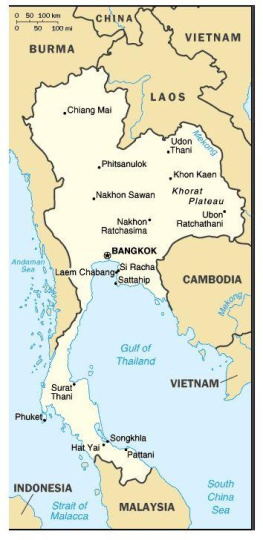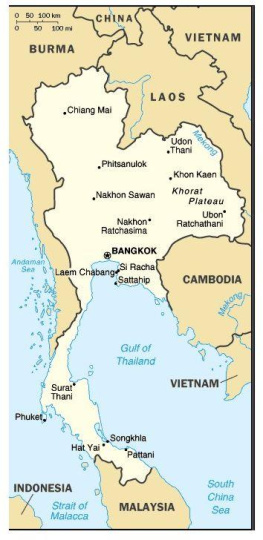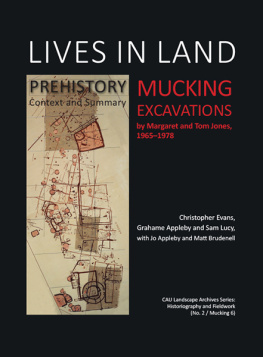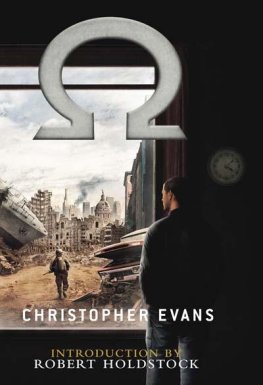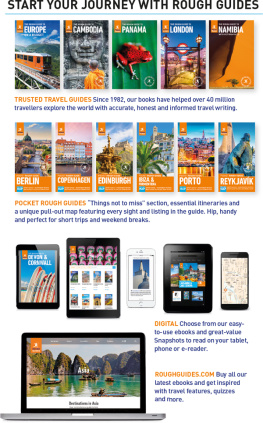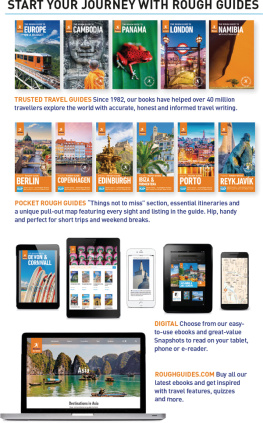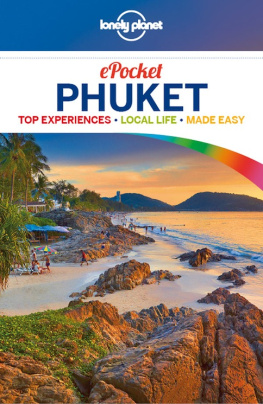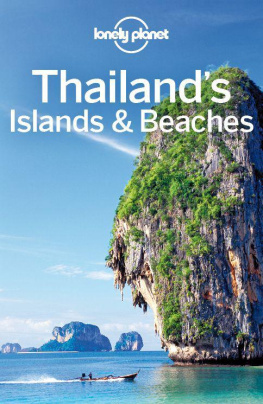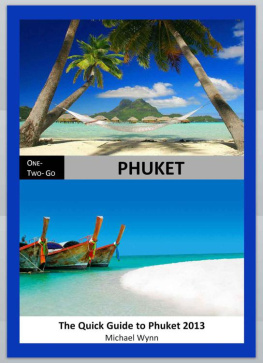Christopher Evans - Thailand: A Tour of the Northeast--Phuket to Surat Thani
Here you can read online Christopher Evans - Thailand: A Tour of the Northeast--Phuket to Surat Thani full text of the book (entire story) in english for free. Download pdf and epub, get meaning, cover and reviews about this ebook. year: 2013, publisher: Hunter Publishing, Inc., genre: Home and family. Description of the work, (preface) as well as reviews are available. Best literature library LitArk.com created for fans of good reading and offers a wide selection of genres:
Romance novel
Science fiction
Adventure
Detective
Science
History
Home and family
Prose
Art
Politics
Computer
Non-fiction
Religion
Business
Children
Humor
Choose a favorite category and find really read worthwhile books. Enjoy immersion in the world of imagination, feel the emotions of the characters or learn something new for yourself, make an fascinating discovery.
- Book:Thailand: A Tour of the Northeast--Phuket to Surat Thani
- Author:
- Publisher:Hunter Publishing, Inc.
- Genre:
- Year:2013
- Rating:5 / 5
- Favourites:Add to favourites
- Your mark:
Thailand: A Tour of the Northeast--Phuket to Surat Thani: summary, description and annotation
We offer to read an annotation, description, summary or preface (depends on what the author of the book "Thailand: A Tour of the Northeast--Phuket to Surat Thani" wrote himself). If you haven't found the necessary information about the book — write in the comments, we will try to find it.
This is the journal of a 16-day, 4,500-kilometer adventure we undertook to discover some of the least-known areas of Thailand. We were a little apprehensive about leaving the tourist towns and venturing into what was, to us, the unknown. Each day was an exciting new challenge. We had no idea what the roads would be like or what wonders waited around the next bend. We decided to drive from Phuket for the northeastern tour. We took the new northbound Highway 44 from Krabi to Surat Thani. The heavy traffic we had endured from Phuket and around Phang Nga bay happily vanished and for the first time driving in Thailand became a speedy, pleasurable event. Surat Thani is a small city on the banks of the Tapi River that is noted as a stopping-off point for Ko Samui and other offshore islands. Its not a tourist town, few signs are in English, and there was a pleasant lack of tourist stalls. The center of town is small but it is still easy to get lost as we discovered when we drove the wrong way into the bus station. Fortunately smiling faces greeted us, stopped the traffic and got us headed in the right direction. Surat Thani translates to city of the good people, and was at one time the capital of the Srivijaya Empire that flourished between the 7th and 13th centuries. The city is 650 kilometers south of Bangkok and the province is bordered by the Gulf of Thailand on its north and east. Thailands largest oysters are collected from the estuary of the Tapi River and the province is noted for several kinds of textiles including silver-brocaded silk and printed batik. This is just the beginning of the remarkable expedition described in this book! This guide is about living more intensely, waking up to your surroundings and truly experiencing all that you encounter. Museums, historic sites and local attractions are explored. Places to stay and eat; transportation to, from and around your destination; practical concerns; tourism contacts - its all here! Then come the adventures - both cultural and physical - from canoeing and hiking to taking dance or cooking classes. This unique approach allows you to really immerse yourself in the local culture.
Christopher Evans: author's other books
Who wrote Thailand: A Tour of the Northeast--Phuket to Surat Thani? Find out the surname, the name of the author of the book and a list of all author's works by series.

